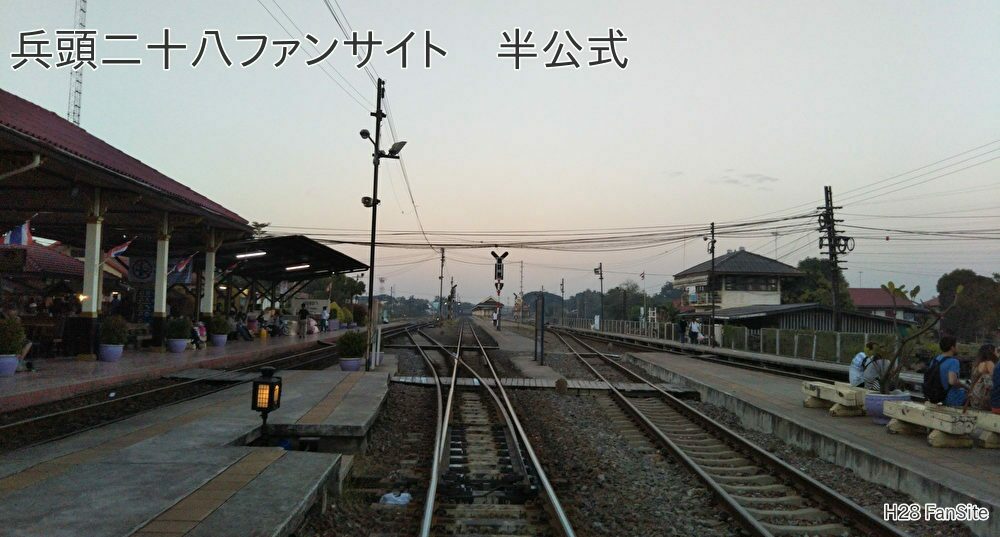Why 9 Russian I-16 fighter pilots could operate/enforce Taran-tactics in the very first moment of Barbarossa (June 22, 1941) ?
I’m inclined to think that Taran was nothing but a systematically well-studied tactics in the east european air-forces communities before 1941.
National Defense College (Boeikenkyujo Toshokan, Nakameguro, Tokyo) stores a bind of war historical papers processed by Imperial Army, titled Hiko-shyudan sakusen jyunbi narabini kaisen hekito ni okeru yoho no kenkyu (The tactics which should be adopted by our all Manchurian Air Groups at the outset of Anti-Soviet War in near future / free translation by Hydo) .
The text seems typed and printed, and has a date : Jan. 1939(Showa 14 nen 1 gatu).
The gist:
* We should have a new type of high-speed interceptor to body-attack the empennage of Soviet’s TB(might be TB-3) heavy bombers.
* Air-cooling single-engined, long nose and short back, one-manned, fixed landing gear, a bulkhead(it sais bulletproof steel) between the engine and fuel-tank in front of the seat.
* A side-view cut is added. Looks like an I-16 with fixed spats.(Of course The Imperial Army had no such planes nor plannings till the last day of 1945.)
* Bailout-window for the pilot is on the floor in front of his seat.
* Three of these interceptors would make a team, and aim one TB.
* Never miss a leader-plane of formations of TBs.
* Get their empennage and knockdown them by the maneuver of ATEMI(stun using your body).
My guess(with no evidence at all):
Unknown Polish officer might talk about such studies or Russian information on the newest air-combat technics to an unknown Japanese Army officer in 1938.
Or, one jewish escapers from east europe via siberian rail had such information, and he mention it to unknown Manchurian(=Japanese) officers at a border station in 1938.
If the Taran was not the voluntary action, how Russian historians did?
『ヒトラーの特攻隊』という本の書評を書くことになってネットを調べたら、タラン戦法は自発的なものだと英文サイトで論じている。うそをつけってんだ。みんな、『地獄のX島で米軍と戦い、あくまで持久する方法』の251頁で俺が紹介した史料をフォローしてないのか? この発想のソースは、ソ連か東欧に決まっているじゃないか。
空白の史実があるのだ。タランは1938年以前に、組織的に研究されていたのだ。それを彼らはいまだに隠しているのだ。さもなきゃどうして独ソ戦の初日から実施されるものか。
ちなみにロシア語の「タラン」はポーランド語でも「タラン」だという。ポーランド人もTB対策は考えていたはずだ。
ルフトヴァッフェの連中も、とうぜん、知っていたはずだ。タランについて彼らがどう思っていたのか、著者はベルリン駐在が終わらぬうちにもっと聞きまくるべきだ。エルベ特攻隊を、1944年11月のカミカゼとばかり結びつけるのは、無理がありますよ。
それにしても英文サイトはすごいね。ジュール・ヴェルヌの小説『征服者ロビュール』(1886年)に、最初の航空体当たりの話が出ているんだそうだ。
スタニスワフ・レムの自伝によれば、彼は1935年頃のギムナジウム時代かその前に、ヴェルヌやH・G・ウェルズ(ヴェルヌの次に飛行機の衝突戦法を書いたという)の小説を読みまくっていた。だからポーランド人がタランを考えたって、ちっとも不思議はない。
ハンナ・ライチェが1944に提案したV-1の対艦特攻型(もともと試験飛行は有人型だったし)の情報がまわりまわって日本の「桜花」の提案になっている可能性はないのかどうか、まあ、新史料/新証言などもう出ないだろうけれども、これから気に留めておくことにしよう。
ちょっと書評を先取りすると、戦後、旧ドイツ軍のマニアックな話は、ほとんどの場合、英文媒体の方が、独文媒体よりも早く、詳細に、且つ自由に語ってくれてきた。故・宗像和広さんは、ドイツ人には、とにかく英米人の口を借りて自慢話をしようとする性向があるので、それが興味深い、と言っておられた。その謎が、本書のおかげで、やっと解けた。日本の言語空間はある面ではドイツの100倍くらいも自由度が高かったのだ。
最後にまた宣伝だ。
3月7日(土)の横浜講演。
会場等のご案内↓
http://www15.ocn.ne.jp/~gungaku/hyoudou-poster.pdf
お申し込みフォーム↓
http://www.formpro.jp/form.php?fid=38906
今回は無人機の話をいささかすることになるでしょう。誰か1977年以前の海上自衛隊で「DASH」を使っていた人はいませんか? 聞きたいことがいっぱいあります。
